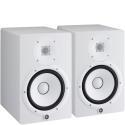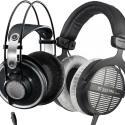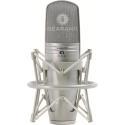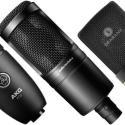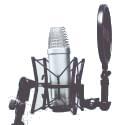Stereo vs Mono: The Key Differences Explained
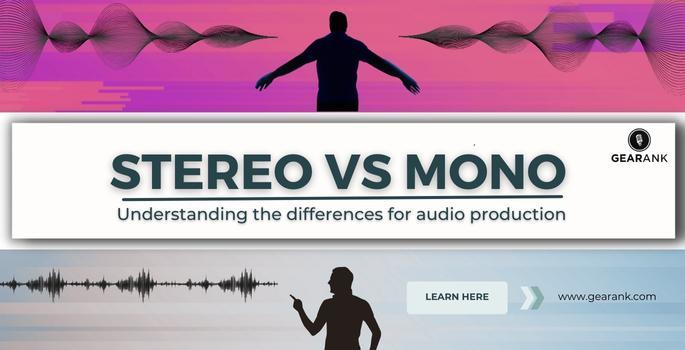
Almost everyone knows what mono and stereo are. It’s become a common term when buying a PA system or even gaming on YouTube. You can pull anyone up in the street and ask if they know what stereo vs mono is, and they will almost certainly know. Mono is a single channel, while stereo is left and right.
There’s a lot more to mono and stereo than describing it in terms of the amount of their channels. There will be times when you have to decide between mono recording or stereo recording.
Are you wondering about creating a mono audio file from stereo recordings? What about mono and stereo mixing for mono playback systems? What’s the best choice for vocalists who want an instrumental audio track to sing along to?
We have all you need to know right here.
Creating a sense of space through sound
There are 3 essential things that our brains look for when creating a track.
-
The sense of space the audio recording occupies.
-
The sense of separation is where you can hear the individual tracks on their own.
-
The sense of cohesion when all the tracks sound unified.
The process of shaping sound in a 3-dimensional way is called stereo imaging, which is translated into audio via a stereo playback system. Mono and stereo are a few components that project sound on the stage.
What is Stereo?

Stereo audio is a type of audio recording designated for two audio channels, “left and right.” It utilizes more than one audio channel and is often used in music, movies, radio, and other media production to give a more immersive experience for the listener or viewer.
The ears can pick up subtle changes in distance, timbre, and space by a split-second calculation. This allows our perception to determine where sound is coming from. This is called psychoacoustics- the study of how humans perceive sound.
To simulate this successfully, we need two sources: left and right. Combined, they create a phantom center.
A phantom center is a phenomenon in psychoacoustics where if both L and R speakers are placed correctly, the sound appears to originate from the center.
A stereo image is a technique used to create a more realistic and immersive experience for the listener. It involves using two microphones or audio sources to capture a sound from two different angles, giving it greater depth and spatial presence. Stereo imaging helps to replicate a natural soundscape, as it allows for differentiation between elements such as vocals and instruments and is often used in stereo speakers.
In addition, stereo imaging can reduce noise and interference, as the two audio sources work together to create a more detailed sound. This makes stereo recording ideal for recordings where clarity is important, such as podcasts or interviews.
Recording Stereo Sound
You’ll be using two mics or cables for this one. If you have multiple sound sources, such as a keyboard, choir, or orchestra, recording in stereo will capture the actual sound source. The stereo recording picks up the different channels’ ambiance, instrument spacing, and sound behavior variations.
The goal is to capture the most realistic sound possible and have the option to incorporate it into the final product.
Depending on what you want to record in stereo, you might need some miking techniques for different types of microphones. Here are some that will benefit your setup.
Spaced Pair
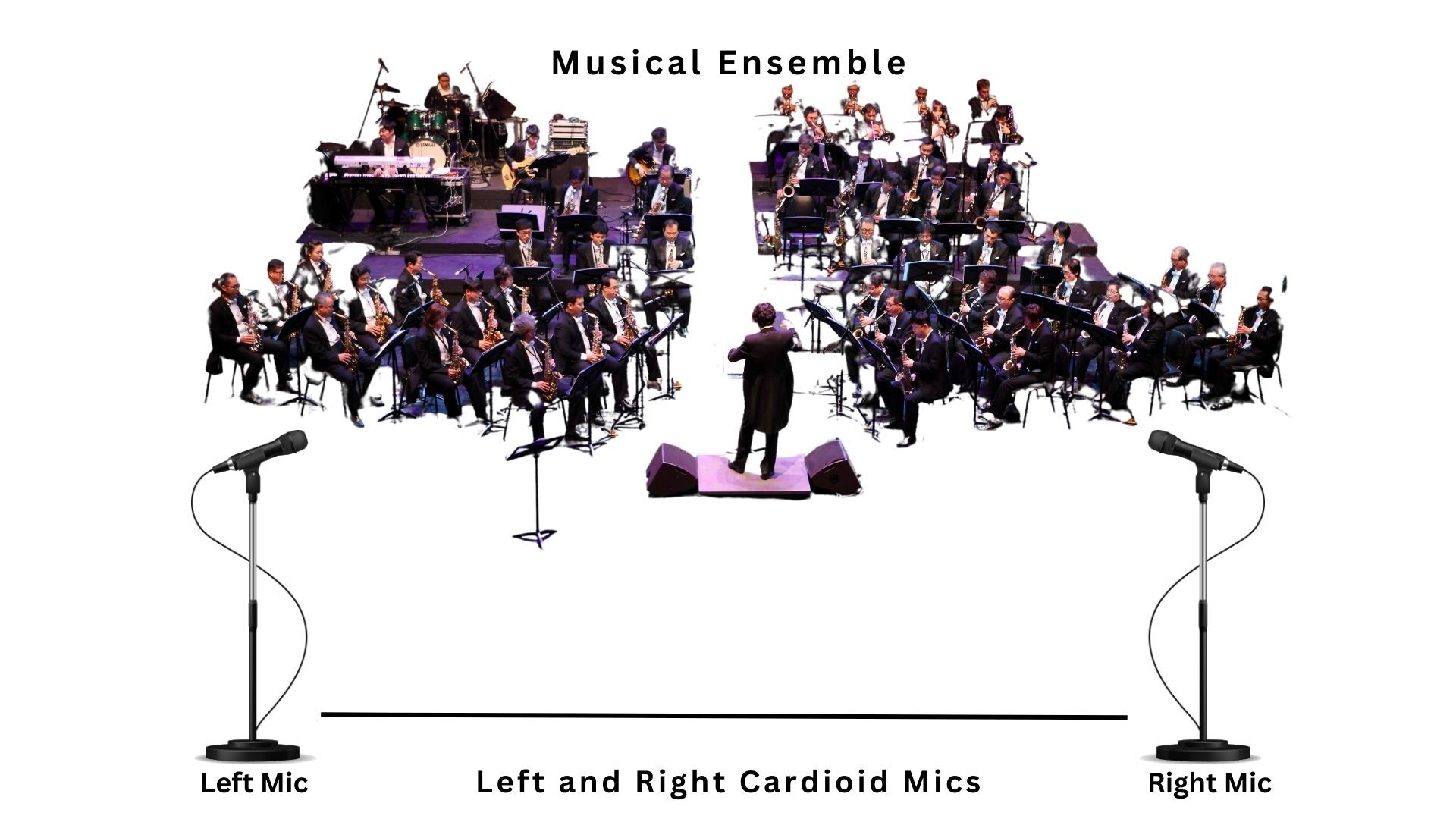
Place both identical mics at least 3-12 feet apart, depending on how big the group is. It’s easy to set up. However, what’s in the middle can sometimes get picked up incorrectly.
X-Y Pair
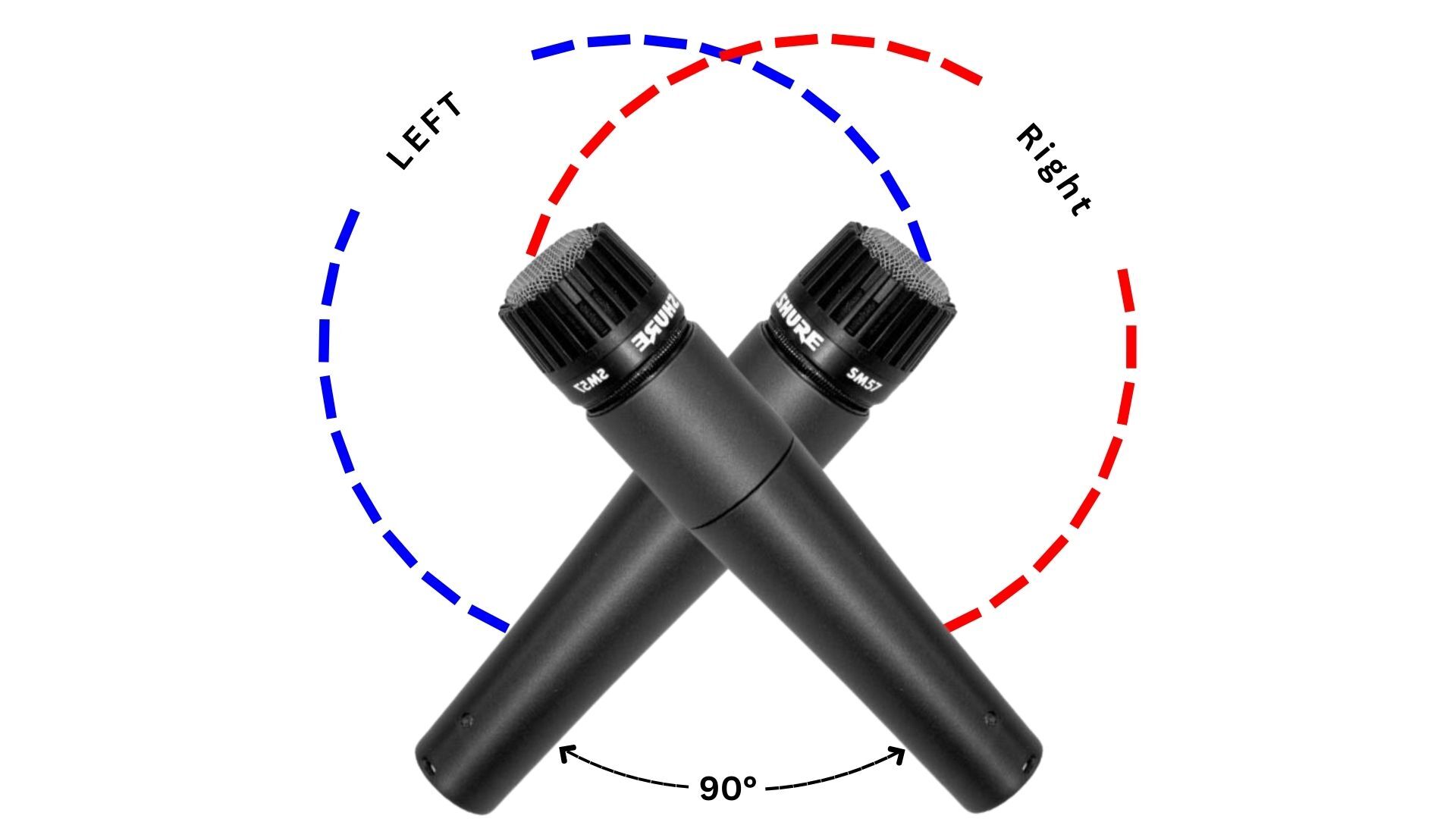
Place both identical mics, one on the other, spread out in a V-shaped position. Ensure the V is 90 degrees or more to increase the stereo width. This setup allows audio to arrive at the same time in those two mics, as well as record the aural position of each player.
The disadvantage to this technique is that you won’t have much impact on spaciousness.
Blumlein Pair
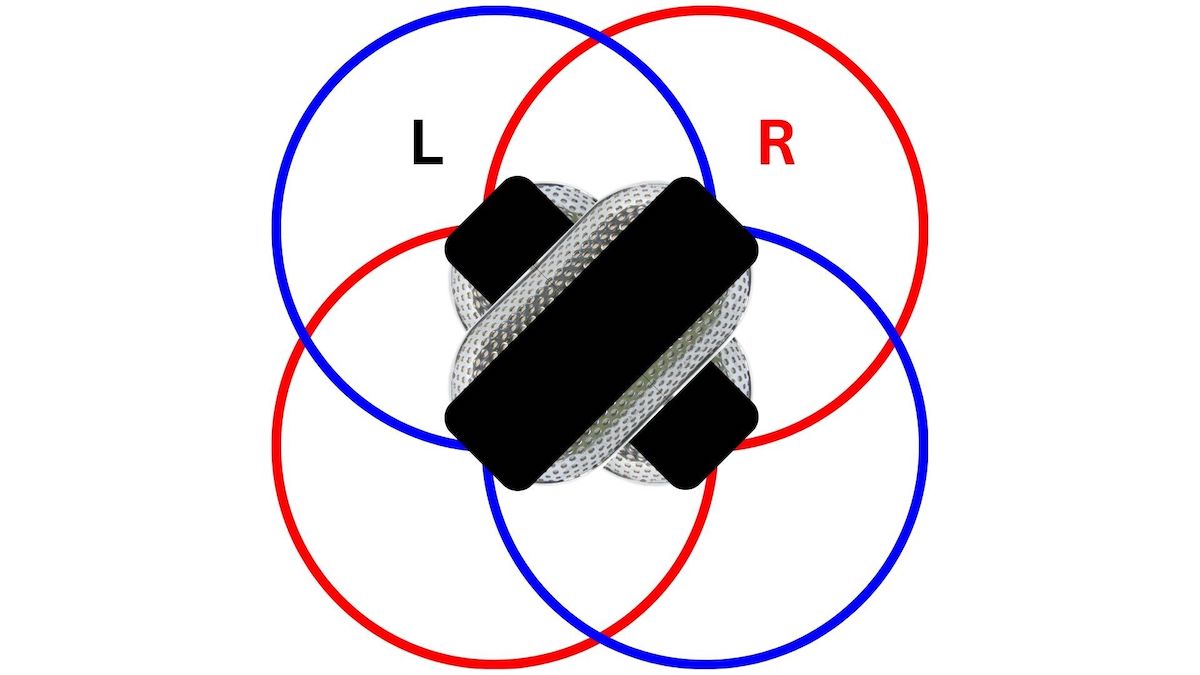
Like the XY pair, you use two microphones positioned at right angles. Figure 8 polarity will have side rejection and will only pick up the signals front and back. The side rejection is where you place the other mic to capture the signal.
Things to keep in mind with Stereo
You have to be intentional when recording tracks with multiple mic setups. Always ask yourself why you should be recording in stereo.
Recording with two or more mics will be time-consuming as getting the proper mic position requires skill. Having a good understanding of mixing and panning techniques will help you get this right. It will take trial and error, but I can assure you that the process is worth it.
Watch out for phase cancellation issues. This happens when mic 1 and 2 pick up an identical signal, but mic 2 is delayed. There reaches a point where the sound waves go opposite each other--like a mirror image, producing a very weak sound.
What is Mono Audio?

Mono audio is a sound recording that uses only one channel to record or playback. It is the most basic form of audio recording. It is used extensively in early media production, such as radio broadcasts and early film soundtracks.
Mono recordings generally have less dynamic range than stereo recordings. They can be more suited for specific applications where clarity and focus are desired. Sound isolation is also an excellent example of this. It prevents any sound bleed from happening in the first place.
Even though you have two speakers or more, a mono file would play the same signal left and right. There’s no depth to the signal as it is. However, mono signals tend to be “in your face” or “at the center” of your mixes.
A mono signal is a single audio channel that contains all the sound waves in their entirety - it is important to note that even in situations where you have two speakers, the same signal will go to both with mono sound. It is the most basic type of audio signal and is often used as a reference point for other types of recordings, such as stereo or multi-channel.
Why record in Mono
Our ears rely on the sound source’s distance and amplitude to create a sense of depth. This phenomenon, called “sound source localization, refers to the ability of humans to gauge approximately where that sound source is coming from.
Mono recordings are well-utilized and don’t suffer from phase cancellation, meaning that the audio will be heard clearly and evenly.
Sounds produced in mono audio recordings can also be more time efficient because mic placements don’t need to be complicated, and most instruments recorded in mono can be processed anyway.
Recording in Mono
The goal of recording in mono is to capture as much detail from the sound source as possible. This will be determined by proper mic placement. By playing around with the angle and the distance, you can experiment with which part of the sound you want to highlight.
You can always go to your digital audio workstation and listen closely.
Things to keep in mind with mono
Despite the many advantages of mono sound, there are also a few things to consider.
Remember that mono recordings will often lack the depth and richness of stereo. The dynamic range is limited, and you won’t get the depth and height that a stereo recording has.
What can be confusing is playing back a mono track on multiple speakers does not make it stereo. It just means you’re sending the same signal to all those speakers.
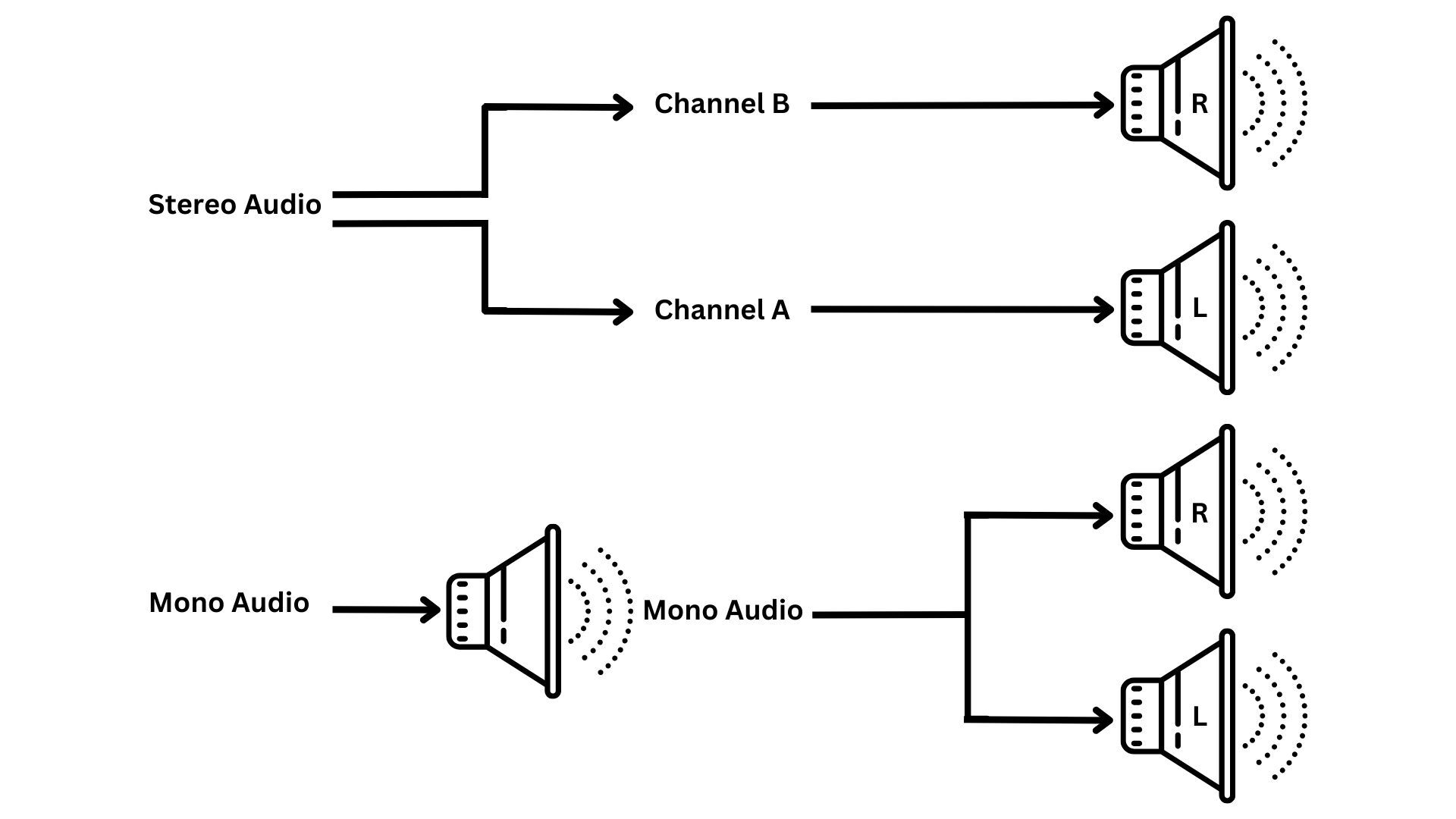
Which Is The Best For Me Out Of Mono And Stereo Audio?
Ultimately, choosing between stereo and mono is a matter of personal preference and experimentation. There are common patterns that will help guide you through the process:
The Purpose Of The Recording
In short, what genre of music will this be? Is this for a radio mix and streaming? Then, a stereo recording may be more appropriate for music production as it allows for greater depth and directionality.
Of course, in any genre, some mono instruments will be spread out to left and right channels. Ensure to maintain the same sound level for both as much as possible.
A mono recording, on the other hand, may be more suited to podcasts or interviews due to their clearer focus and increased clarity.
The Listening Environment
If you’re doing live sound or performing for a live event, a fully stereo configuration is best, right? Yes and no. This can work in a concert hall where the audience doesn’t move a lot. However, panning the guitars hard left or right in places like music festivals is not ideal since everyone must move from one place to another to hear the guitars.
The best thing is to determine the sweet spot of the stage where people can sense stereo separation while still maintaining sounds at the center.
Mono live sound is more conducive for more confined spaces due to its focused and clearer sound quality.
The Number Of Sources Used
If you use multiple sound sources for your recording, such as multiple microphones, you may need to opt for a stereo audio file rather than mono tracks. This will allow you to capture the sound from each source and combine them into one cohesive mix.
The Choice of Equipment
When it comes to recording mono or stereo audio, the types of microphones will drastically affect the sound quality. For instance, stereo recordings require two (preferably identical) microphones and typically involve more complex setups (mic angle, distance, etc.) than mono recording.
In addition to the type of equipment used, you will need to consider the physical space available and the acoustics of the recording environment when considering mono and stereo sound.
Final Thoughts: Stereo vs Mono?
In the case of mono vs stereo, why should I just be using one if I could use both? More or less doesn’t equate to better or worse. Mono and stereo go hand in hand, depending on the need. Stereo tracks offer a more immersive experience for listeners, while mono audio files can be more focused and easier to record.
While it is true that it’s a matter of personal preference, this guide is a culmination of good practices in the audio engineering field.
Ultimately, the best sound produced by engineers comes from years of experience and countless experimentations of what works and what doesn’t.
Now that you understand the difference between stereo vs mono you will benefit understanding the difference between studio monitors vs speakers.
Frequently Asked Questions
What are the advantages of mixing in mono
Mono Mixing is a technique professionals use to ensure a good, balanced mix by temporarily eliminating the stereo field. What it means is that all of the tracks in the project will be in the center.
The biggest challenge is sculpting the sound with EQs, compressors, and other effects and creating good separation and cohesion while in mono. In theory, when the entire project is reverted to stereo for stereo sounds, it will be easier to do minor tweaks.
Another benefit of mono is that it allows you to check how the sound will appear when played back through other mediums - many listeners will be experiencing your audio through stereo systems, so this is a chance to see what the average sound will be like.
Contributors:
Allen Articulo - Co-writer
Jerry Borillo - Illustrations



